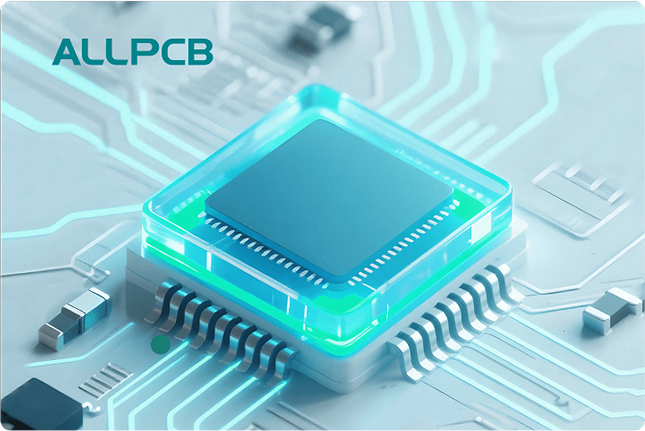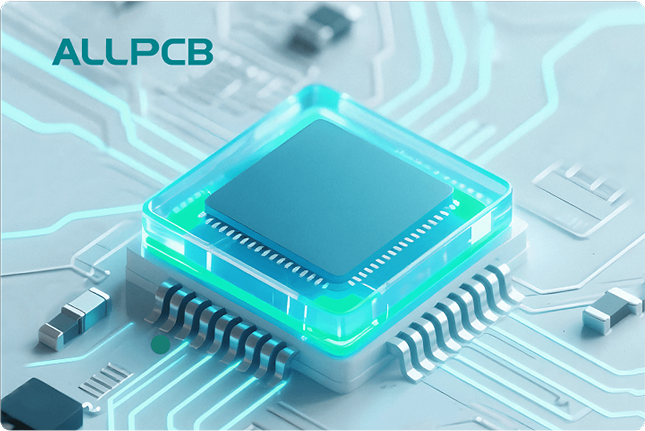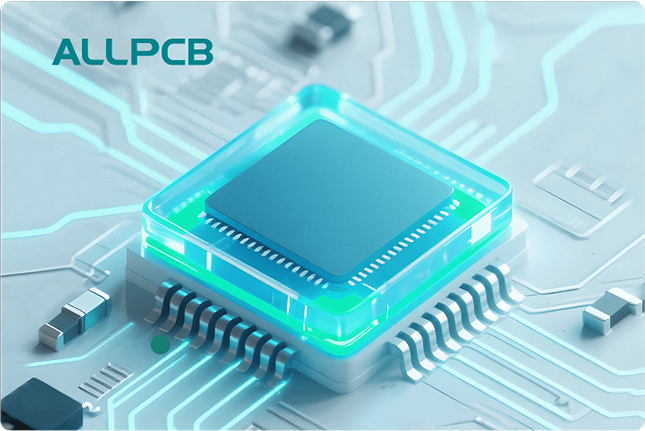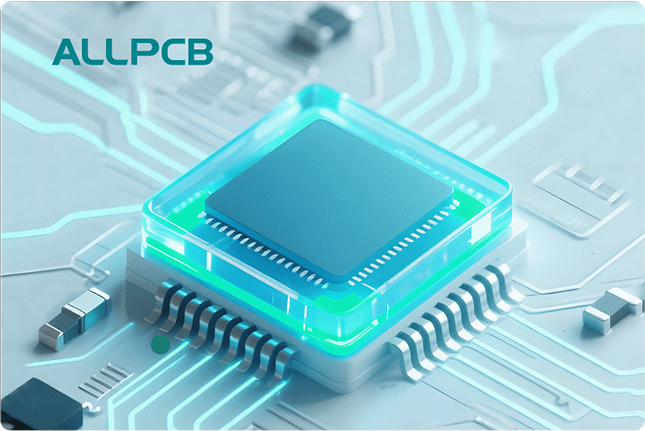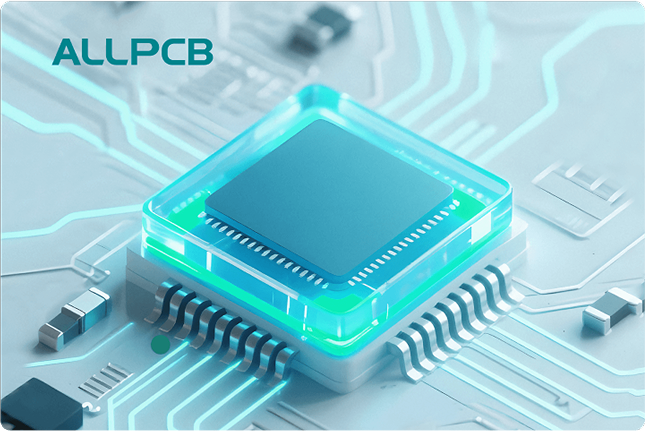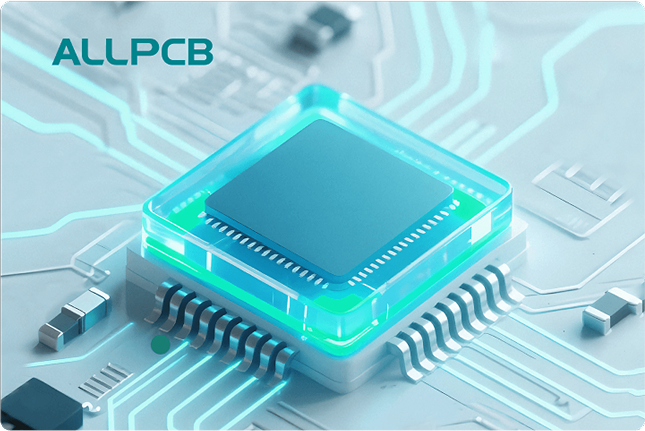Mixed technology PCB assembly, which combines Surface Mount Technology (SMT) and Plated Through Hole (PTH) components, is a common approach in modern electronics manufacturing. However, it often comes with unique challenges like solder joint defects, component misalignment, and thermal stress issues. If you're facing problems with mixed technology PCB assembly defects, troubleshooting SMT and PTH issues, or solder joint problems in mixed assembly, this guide is for you. We'll walk you through the most common issues and provide practical solutions to ensure a reliable and high-quality assembly process.
In this comprehensive blog, we'll dive deep into the root causes of defects in mixed technology assembly, explore actionable troubleshooting tips, and share best practices to prevent future issues. Whether you're an engineer, a technician, or a manufacturer, this guide will help you achieve better results in your PCB projects.
What is Mixed Technology PCB Assembly?
Mixed technology PCB assembly refers to the process of integrating both SMT and PTH components on a single printed circuit board. SMT components are mounted directly onto the surface of the PCB, while PTH components have leads that pass through holes in the board and are soldered on the opposite side. This combination is often used to leverage the advantages of both technologies—SMT for compact, high-density designs and PTH for robust mechanical strength in connectors and larger components.
While this approach offers flexibility, it also introduces complexities during assembly. Differences in soldering techniques, thermal profiles, and component handling can lead to defects. Understanding these challenges is the first step to effective troubleshooting.
Common Issues in Mixed Technology PCB Assembly
Before diving into troubleshooting, let's identify the most frequent problems encountered in mixed technology assembly. These issues often stem from the differences in how SMT and PTH components are soldered and the varying requirements for each process.
1. Solder Joint Defects in Mixed Assembly
Solder joint problems are among the most common defects in mixed technology PCB assembly. These can manifest as weak joints, cold solder joints, or solder bridging, especially when the soldering process isn't optimized for both SMT and PTH components.
- Cold Solder Joints: These occur when the solder doesn't fully melt or bond with the component lead or pad, often due to insufficient heat during reflow or wave soldering. For instance, PTH components may require higher temperatures than SMT parts, leading to uneven heating.
- Solder Bridging: This happens when excess solder creates an unintended connection between adjacent pads or leads, frequently seen in high-density SMT areas.
- Insufficient Solder: Inadequate solder paste application or poor wetting can result in weak joints, particularly for PTH components where solder must flow through the hole.
2. Thermal Stress and Component Damage
Mixed technology assembly often involves multiple soldering processes, such as reflow soldering for SMT components followed by wave soldering for PTH parts. These repeated heat cycles can cause thermal stress, leading to cracked solder joints or damaged components. For example, exposing SMT components to the high temperatures of wave soldering (often around 250°C) can degrade their performance if not managed properly.
3. Component Misalignment and Tombstoning
In SMT assembly, small components like resistors or capacitors can shift during reflow, resulting in misalignment or tombstoning (where one end of the component lifts off the pad). This is often exacerbated in mixed technology boards where the presence of PTH components can disrupt the reflow process.
4. PTH Soldering Issues
PTH components require solder to flow through the holes to create a strong mechanical and electrical connection. Common issues include incomplete hole fill, where solder doesn't fully penetrate the hole (often due to poor barrel plating or contamination), and voids in the solder joint, which can weaken the connection.
Troubleshooting SMT and PTH Issues in Mixed Technology Assembly
Now that we've identified the common problems, let's explore practical solutions for troubleshooting SMT and PTH issues. These steps are designed to help you diagnose and resolve defects efficiently.
1. Inspecting Solder Joints for Defects
The first step in troubleshooting solder joint problems in mixed assembly is a thorough visual inspection. Use a magnifying glass or automated optical inspection (AOI) equipment to check for issues like cold joints, bridging, or insufficient solder.
- For Cold Joints: If the solder appears dull or grainy, it may not have reached the proper temperature. Adjust the reflow profile to ensure adequate heat (e.g., peak temperature of 235-245°C for lead-free solder) and verify that the preheat stage is long enough to minimize thermal shock.
- For Solder Bridging: Check the stencil design for SMT components. Excess solder paste can cause bridging, so ensure the stencil aperture is correctly sized (typically 80-90% of the pad size for fine-pitch components). Additionally, confirm that the pick-and-place machine is aligning components accurately.
- For Insufficient Solder: Verify the solder paste volume during printing. A common guideline is to achieve a paste height of 0.1-0.15 mm for SMT pads. For PTH, ensure proper flux application to improve wetting and solder flow through the hole.
2. Optimizing Thermal Profiles for Mixed Assembly
Thermal management is critical in mixed technology assembly. Since SMT and PTH components often require different soldering processes, you need to balance the thermal profile to avoid damaging sensitive parts.
- For SMT components, use a reflow oven with a controlled temperature ramp-up (e.g., 1-3°C per second) to prevent thermal shock.
- If wave soldering is used for PTH components after SMT reflow, consider selective soldering to minimize heat exposure to SMT parts. Selective soldering targets only the PTH areas, reducing the risk of remelting SMT joints.
- Monitor the time above liquidus (TAL) during reflow. For lead-free solder, aim for 60-90 seconds above 217°C to ensure proper joint formation without overheating.
3. Addressing Component Misalignment and Tombstoning
Misalignment and tombstoning in SMT assembly can be minimized by optimizing the solder paste application and reflow process.
- Ensure uniform solder paste deposition on both pads of small components. Uneven paste volume can cause tombstoning as one side melts faster than the other.
- Adjust the reflow profile to have a gradual ramp-up rate, reducing the likelihood of rapid melting on one pad.
- Verify component placement accuracy using AOI systems post-placement but pre-reflow to catch misalignments early.
4. Solving PTH Soldering Challenges
For PTH components, achieving a reliable solder joint requires attention to hole preparation and soldering conditions.
- Check the plated through-hole quality. Poor barrel plating can prevent proper solder flow. Ensure the hole diameter is within tolerance (e.g., 0.1-0.2 mm larger than the component lead) to allow adequate solder penetration.
- Use sufficient flux to clean the hole and promote wetting. Insufficient flux can lead to voids or incomplete fill.
- During wave soldering, maintain the solder bath temperature (typically 260-270°C for lead-free alloys) and ensure the conveyor speed allows enough contact time (2-4 seconds) for solder to flow through the hole.
Preventing Mixed Technology PCB Assembly Defects
While troubleshooting is essential, preventing defects in the first place is even better. Here are some best practices to minimize issues in mixed technology assembly.
1. Design for Manufacturability (DFM)
Start with a PCB design that considers the challenges of mixed technology assembly. Place PTH components in areas that won't interfere with SMT reflow, and ensure adequate spacing between components to prevent solder bridging. Follow industry-standard design rules, such as maintaining a minimum pad-to-pad spacing of 0.25 mm for fine-pitch SMT components.
2. Use Compatible Materials and Components
Select components and materials that can withstand the thermal demands of both reflow and wave soldering. For instance, choose SMT components with a high thermal rating if they will be exposed to wave soldering temperatures. Additionally, use a solder paste and flux compatible with both processes to ensure consistent results.
3. Implement Process Controls
Set up strict process controls during assembly. Regularly calibrate equipment like reflow ovens and wave soldering machines to maintain consistent temperatures and speeds. Use statistical process control (SPC) to monitor key parameters, such as solder paste height (targeting 0.12 mm ± 0.02 mm) and reflow peak temperature (within ±5°C of the target).
4. Train Personnel and Use Automation
Ensure that assembly technicians are trained to handle the nuances of mixed technology boards. Where possible, leverage automated systems like AOI and X-ray inspection to detect defects early. X-ray inspection is particularly useful for identifying voids in PTH solder joints, which are not visible to the naked eye.
Conclusion
Mixed technology PCB assembly offers the best of both SMT and PTH worlds, but it comes with its share of challenges. From solder joint problems in mixed assembly to thermal stress and component misalignment, these issues can impact the reliability and performance of your boards. By understanding the root causes of mixed technology PCB assembly defects and applying the troubleshooting tips for SMT and PTH issues outlined in this guide, you can significantly improve your assembly outcomes.
Focus on optimizing your thermal profiles, inspecting solder joints meticulously, and implementing preventive measures like DFM and process controls. With these strategies, you'll be well-equipped to tackle the complexities of mixed technology assembly and deliver high-quality PCBs for your projects.
At ALLPCB, we're committed to supporting you through every step of the PCB manufacturing and assembly process. Whether you're dealing with mixed technology challenges or other assembly issues, our expertise and resources are here to help you succeed.
 ALLPCB
ALLPCB


